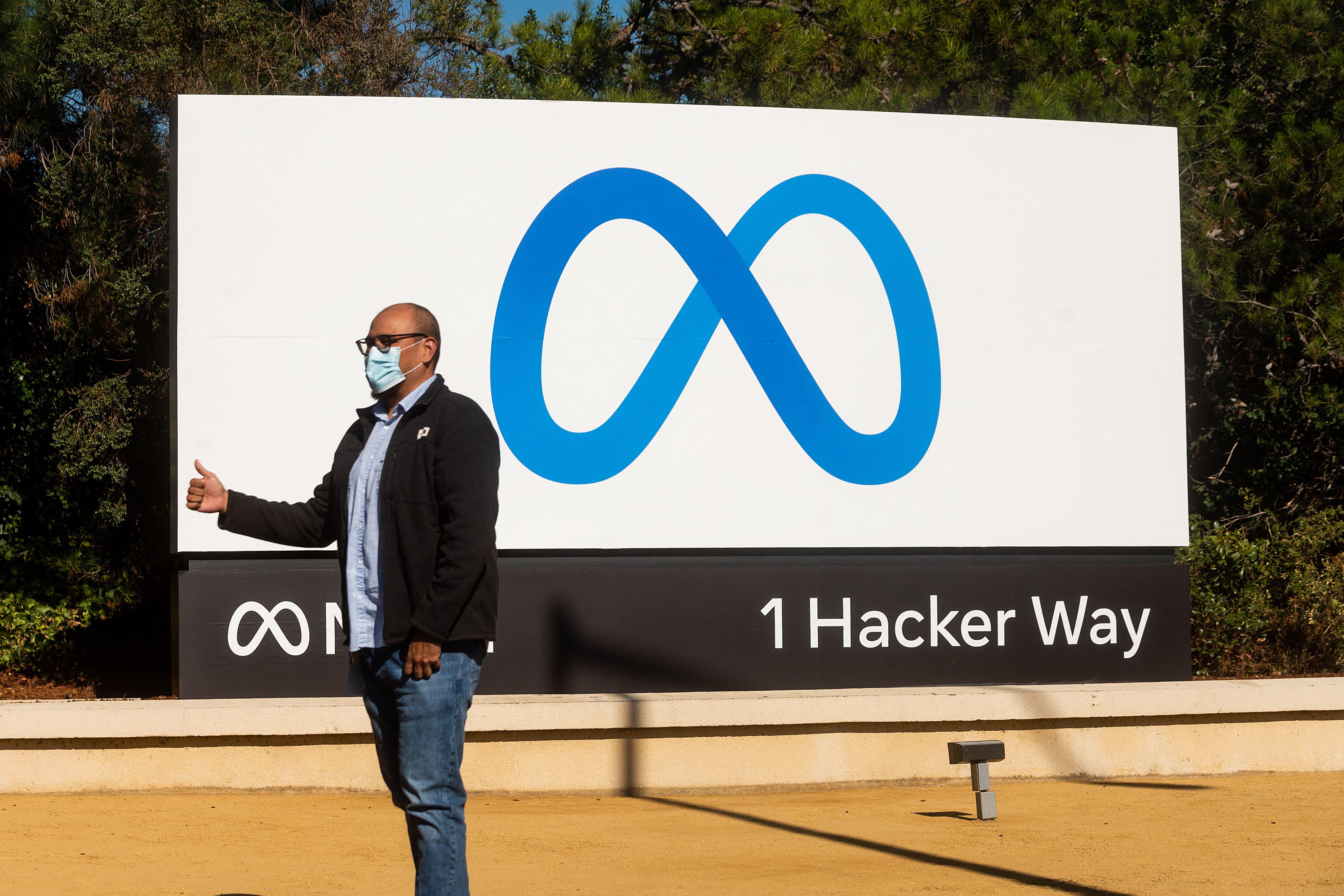On Thursday, Facebook—now Meta—devoted its annual Connect conference to showcasing its ambitious plans for building the metaverse, which is essentially an evolution of the internet consisting of three-dimensional spaces in virtual reality where users can interact with each other. The conference’s keynote address was a somewhat outlandish hour-and-a-half long presentation that featured CEO Mark Zuckerberg hopping between CGI-rendered environments like spaceships and tropical mansions. All in all, the jaunty tone and zany visuals were a jarring contrast to the dozens of ongoing scandals involving the company’s impact on society.
Though the presentation was filled with alien pets, poker-playing droids, and floating fireplaces, perhaps the most head-scratching moment came during the segment on how the metaverse is going to help e-commerce. The portion began with Vishal Shah, Facebook’s head of metaverse products, listing the sorts of things that you could buy and sell through the metaverse, like digital clothes for avatars. To illustrate how the metaverse could be useful for IRL businesses, Shah then sat down in a virtual coliseum with Jackie Aina, founder of the lifestyle brand Forvr Mood. What’s puzzling is that Forvr Mood is a company built around fragrances, selling items like scented candles and room sprays. The obvious problem: Smell is a sense that most virtual reality systems on the market absolutely cannot replicate. Forvr Mood does already enjoy considerable success on Instagram, a platform that can’t transmit smells either. But it’s odd that Facebook’s pitch for e-commerce in the metaverse—a category of internet meant in part to replicate or augment real life—focused on a product that virtual reality would struggle to approximate. You can’t smell things in the metaverse, right?
This isn’t a knock on Aina—the cameo was definitely a good opportunity to publicize her brand, and she’s already quite savvy at social-media marketing—but it did seem somewhat pointless. For instance, Shah suggested that Aina could throw an exclusive launch party in the metaverse for the biggest fans of her scented candles, and then led her through a virtual butterfly garden where those candles were on display. If Facebook was asking us to imagine the mind-bending experiences that the metaverse makes possible, a party for scented candles where you can’t actually smell the candles would seem to fall short.
There have been various attempts over the past century to incorporate smells into media, perhaps the most famous of which was Smell-O-Vision. At the 1939 New York World’s Fair, inventor Hans Laube debuted his Smell-O-Vision system, which used tubes to pump fragrances to seats in a theater. After an initial flop and a brief resurgence in the 1960s, the technology disappeared into obscurity. Right now, Facebook hasn’t claimed to be working on any olfactory-oriented VR products, but a number of companies are now developing devices that would allow people to “smell” the metaverse.
Like Smell-O-Vision before them, some of these efforts have struggled to achieve mainstream success. A company known as Feelreal created a mask that was interoperable with existing virtual reality systems like Oculus Rift and PlayStation VR. The mask dispenses scents like burning rubber or spring forest, with each distinct odor costing $5. In 2019, though, the FDA designated the mask a vaping device, forcing the company to push back mass production to make adjustments and do a new round of testing. Feelreal’s last update informed its backers that the pandemic had further delayed production. Other startups are similarly trying to inject smell in virtual reality to more accurately represent the effects of climate change or augment porn (really!).
Strategically dispensed aromas may not only be useful for allowing users to smell their surroundings in virtual reality; they can also help to mimic temperatures. IEEE Spectrum reported last year that researchers at the University of Chicago have come up with a way to get people to feel hot and cold in virtual reality with smells, while at the same time tricking them into thinking that they aren’t smelling anything. The researchers achieved this by manipulating the trigeminal nerve in the nose, which carries sensory information like smell and temperature between the brain and the face. There are certain receptors in the trigeminal nerve that can respond to both smells and actual temperatures in the environment to trigger the sensation of temperature in a person. For example, menthol has a minty smell but also causes a cooling sensation. Capsaicin, found in spicy peppers, can make a person feel hot. The device that the researchers use to dispense the chemicals is a box attached to the front of the virtual reality goggles holding three 1 mL vials of liquid. Tubes extending to the users’ nose send puffs of the chemicals every six seconds.
All that said, it doesn’t seem likely that smells in the metaverse are going to catch on anytime soon. Virtual reality companies are already struggling to get the wider public to adopt their technology, largely due to the price of the devices. Convincing people to pay extra for vials to simulate scents would be a tough sell. Perhaps especially for a company whose reputation stinks.
